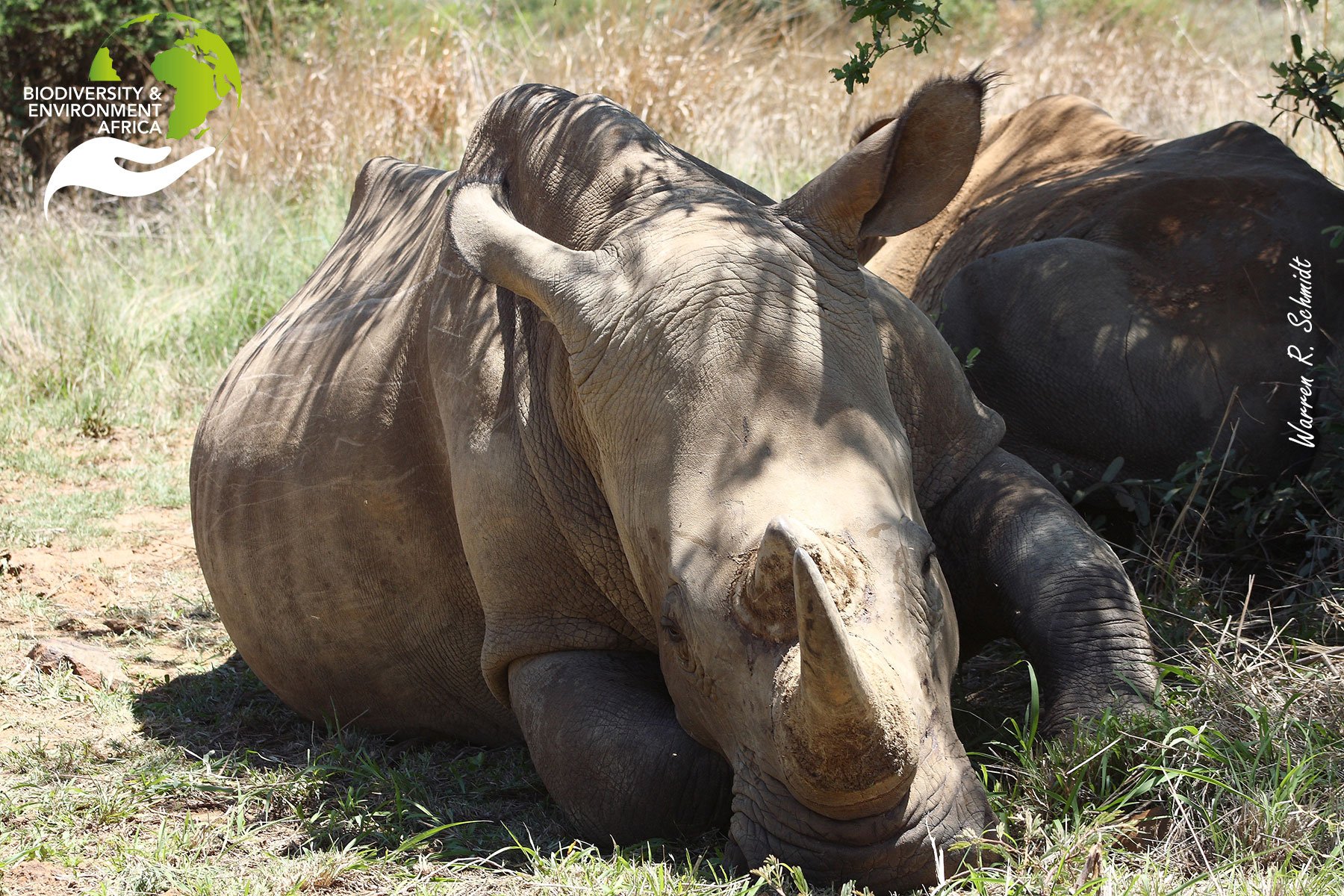Is conservation “lost in the fray”?
On 15 May, I was logged in to the IUCN Reverse the Red World Species Congress. It was a phenomenal event spanning some 26 hours or so, perceptibly following the Earth’s 24-hour rotation facing the Sun, launching in Australasia and culminating in Mesoamerica.
I was engaged for the better part of ten hours listening to the incredible array of presentations and thoroughly enjoyed the diversity of speakers from across the globe. It is remarkable how several thousand people can be rallied together for the common good, so much so that one is left wondering why we still provoke war with each other?
What I took away from this congress is that we have had some remarkable successes in biodiversity conservation, but…we have a frightfully precarious road ahead to navigate. After some three decades in conservation, my optimism is overshadowed by foreboding. I’ve identified a common pattern in these conservation meetings…the profound positive energy, enthusiasm and urgency of the younger generation, and the more reserved and cautious approach of the older generation.
African Penguin (Spheniscus demersus) populations are declining rapidly.
Conservation needs optimism and it needs action. And people want to hear positive stories. But how does one done the happy face knowing the reality of the situation? Having spent half a century in South Africa, I feel privileged to have witnessed some remarkable conservation achievements. But I have also seen the dark shadows creeping in at the seams like a horror movie where a sinister omnipresence is ready to pounce. Poaching, unsustainable wildlife harvesting, water pollution, habitat loss and climate change are pushing conservation efforts to the brink.
My greatest concern is the perceived increase in global conflict and poverty. We are living in trying times and I would argue that we are in one of the most dangerous periods post World War II. I am sensitive to the fact that this sounds melodramatic, but there is no shortage of well-researched and authoritative academic papers which support my view.
Subsistance farming at the base of the Zomba massif in Malawi.
Conservation cannot be achieved under the veil of poverty. The cost-of-living crisis and lack of employment opportunities are dire, particularly in sub-Saharan Africa. We can’t adequately address conservation issues when people are hungry and don’t have a dignified home to return to. How do you talk of rhino or African penguin conservation when people live in informal settlements and don’t have access to clean, running water? This bothers me. How many children attend school and learn about sustainability and conservation but return home hungry and must wash in a plastic basin under the glow of candlelight because a hot shower and electric lamp is out of reach? This is the daily reality for thousands of people.
How do impoverished communities value rhinoceros?
As conservation biologists we need to be acutely aware of this, especially when we flash monetary figures around the cost of saving species. I do acknowledge that many conservation organisations have made headway in integrating communities with meaningful engagement and benefit sharing, but we have a long way to go, and we cannot achieve this alone. We need investment from big business and solid governance from our political leaders free of corruption and greed.
It is not about the scarcity of natural resources, but the equitable and sustainable sharing of natural resources.


